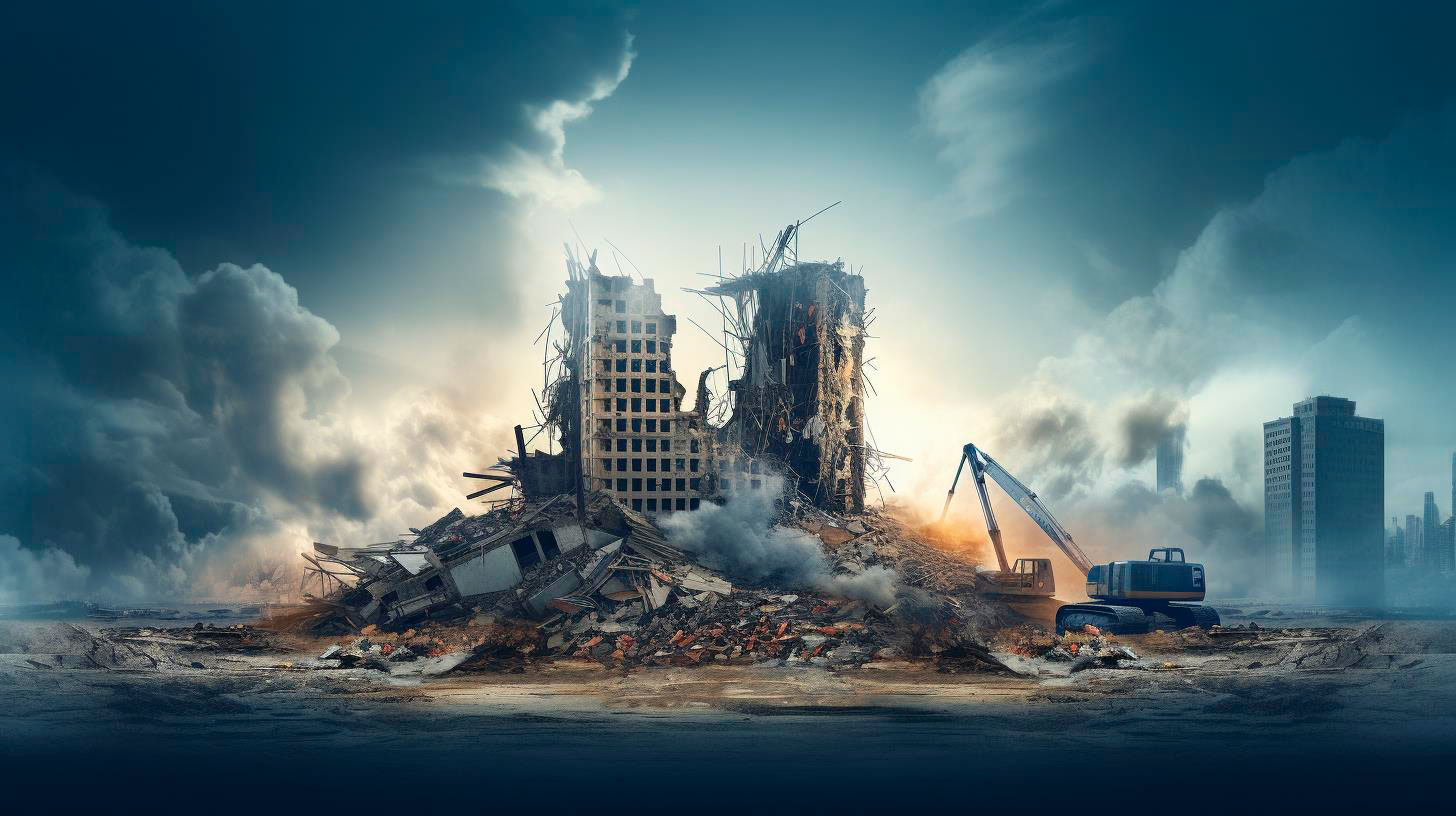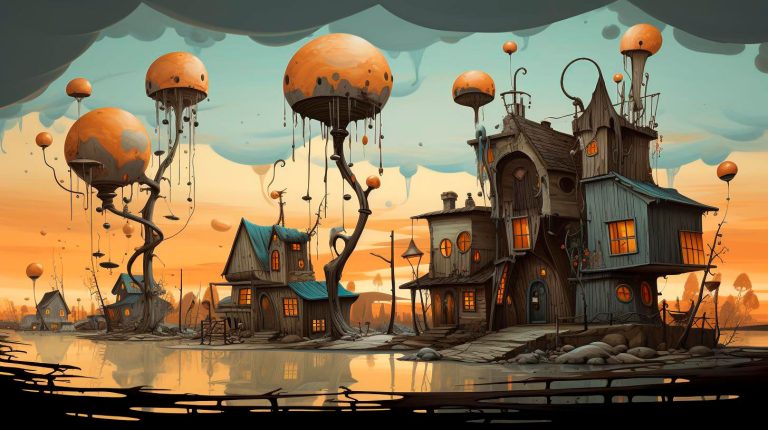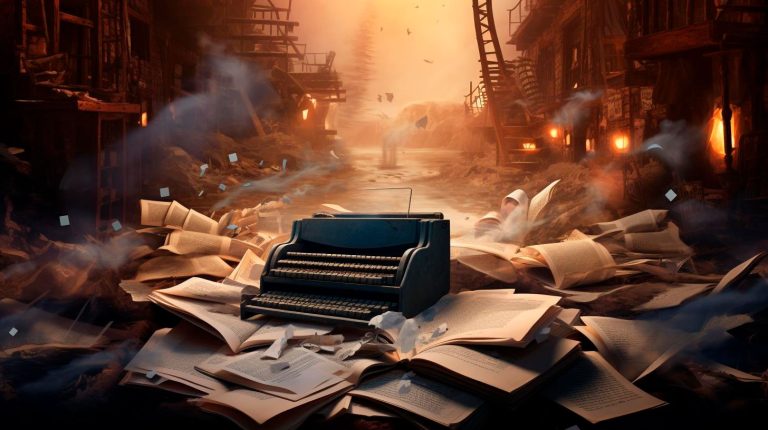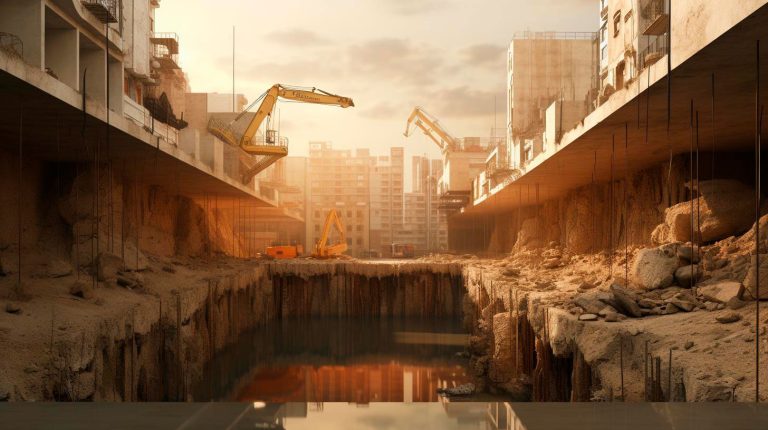One photography technique that can create stunning and unique images at music festivals is long exposure photography. In this article, we will explore how long exposure photography works, its advantages at music festivals, and how you can master this technique to elevate your festival photography game.
What is Long Exposure Photography?
Long exposure photography involves using a slow shutter speed to capture the movements and lights in a scene over an extended period. By keeping the shutter open for a longer duration, moving subjects create trails of light, resulting in visually captivating and dramatic images.
At music festivals, long exposure photography can help capture the energy and motion of the performers and the crowd. The trails of light created by stage lighting, lasers, and glowsticks can transform an ordinary concert photo into a mesmerizing piece of art.
Advantages of Long Exposure Photography at Music Festivals
There are several advantages to using long exposure photography at music festivals:
- Creating a sense of movement: Long exposure allows you to convey the dynamic atmosphere and energy of music festivals by capturing the movement of performers, dancers, and the crowd.
- Adding drama and depth: The light trails and streaks created by long exposure photography can add a sense of drama and depth to your images, making them stand out from typical concert photographs.
- Highlighting stage lighting: Long exposures capture the intricate patterns and colors of stage lighting, creating unique and visually stunning compositions.
- Emphasizing the crowd: By using long exposure photography, you can blur the crowd in the background, making the performer the central focus of the image.
- Creating abstract art: Long exposure techniques can transform ordinary festival scenes into abstract and surreal artworks, allowing you to unleash your creativity and experiment with different compositions.
Mastering Long Exposure Photography at Music Festivals
Now that we understand the advantages of long exposure photography at music festivals, here are some tips to help you master this technique:
Use a sturdy tripod:
Long exposures require stability, so investing in a sturdy tripod is essential. It will help eliminate camera shake and ensure sharp images, especially when using slow shutter speeds.
Choose the right location:
Scout the festival grounds to find the best vantage points to capture the performers and the crowd. Look for areas with interesting lighting, such as the stage, laser shows, or LED installations.
Experiment with different shutter speeds:
Depending on the level of motion you want to capture, adjust your shutter speed accordingly. Faster shutter speeds will freeze the action, while slower speeds will create longer light trails.
Utilize the bulb mode:
The bulb mode allows you to manually control the length of your exposure beyond the camera’s maximum shutter speed setting. Use a remote shutter release or a smartphone app to prevent any accidental vibrations when operating in bulb mode.
Play with different light sources:
Music festivals are known for their vibrant and diverse lighting setups. Experiment with different light sources like lasers, stage lights, and glowsticks to create captivating and dynamic light trails.
Key Takeaways
- Long exposure photography at music festivals can capture the energy and movement of the performers and the crowd.
- Advantages include creating a sense of movement, adding drama and depth, highlighting stage lighting, emphasizing the crowd, and creating abstract art.
- Mastering long exposure photography involves using a sturdy tripod, choosing the right location, experimenting with shutter speeds, utilizing bulb mode, and playing with different light sources.
So, whether you are an aspiring photographer or a seasoned pro, using long exposure photography at music festivals can unlock a whole new world of creativity and visual storytelling. The combination of music, lights, and movement provides limitless opportunities to capture unique and captivating images. So grab your camera, find your perfect spot, and let the music guide your long exposure journey!
















+ There are no comments
Add yours